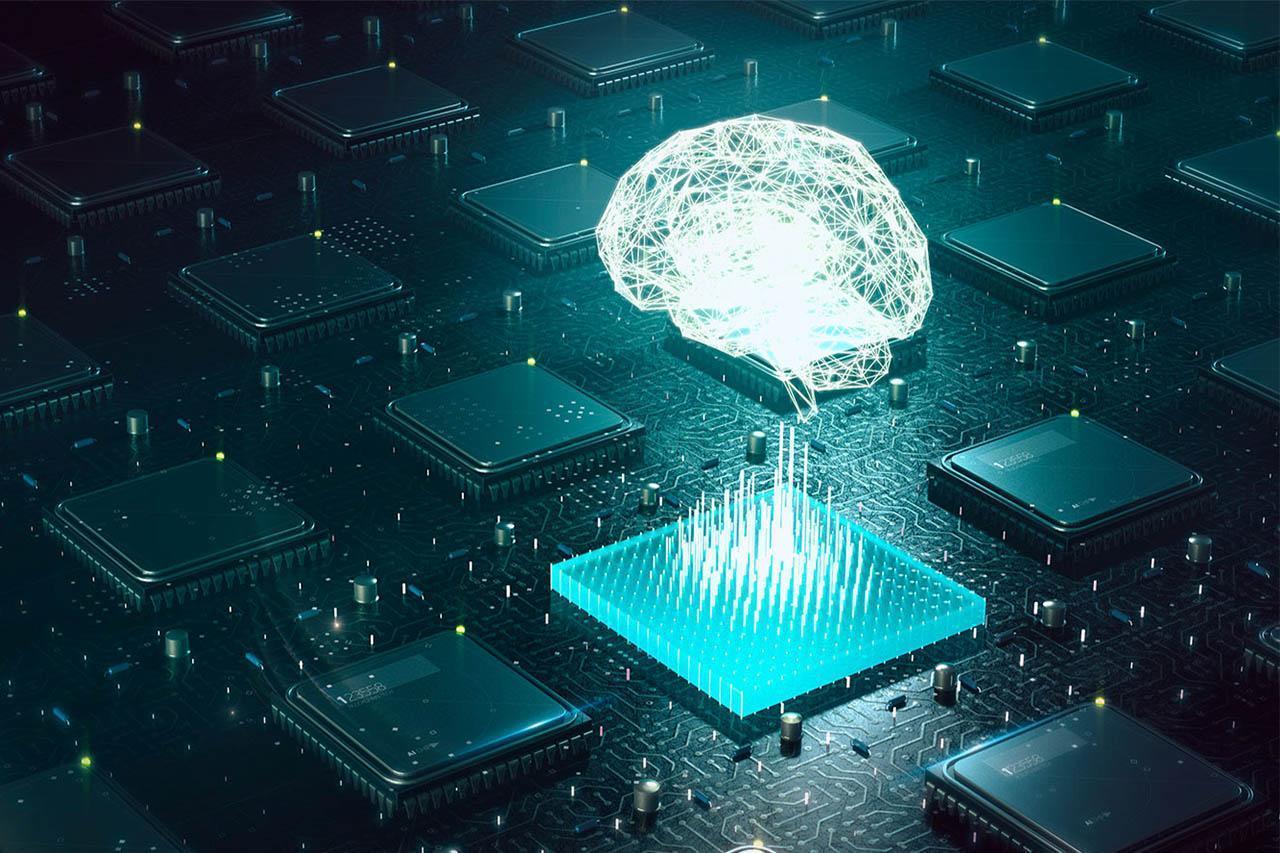To fulfill this purpose, this technology focuses on the development of software, technological solutions and artificial intelligence techniques. (essentially deep learning and machine learning).
Within this specialty, for example, communication devices are designed for ALS patients (amyotrophic lateral sclerosis): as the disease develops the patient can reach an advanced stage called locked-in syndrome in which they require an artificial interface in order to communicate. Deep and machine learning algorithms are used for designing these devices, which allow the decoding of the information behind the signals of the central nervous system. The purpose is that patients can use the devices for things like moving a wheelchair, moving a cursor on a screen, or to use a word processor. Certainly, it is about generating innovative technological solutions that improve the life quality of the patients.
Deep learning y machine learning
Let’s remember that machine learning (ML) is a critical part of artificial intelligence, which enable systems to learn for themselves, allowing the identification of complex patterns within a huge data stream without human intervention. ML algorithms can also predict future behaviors.
Another technique called deep learning is also specific ML technique that uses informatic models which work similarly to the human brain, giving rise to a neuron’s artificial networks system that analyzes data and extracts patterns in order to solve problems. This technique is applied for computer vision, face and voice recognition and natural language processing optimization, along with also improving intelligent translators and semantic interpretation.
Deep Learning is known for the ability of reaching the perceptual potential in the same way the human nervous system works. Computer vision is one of the specialties where it offers a strong improvement compared to the results of the usual algorithms. Additionally, Gartner also expects that by 2023 artificial intelligence (AI) and deep learning techniques will be the most common approaches to new applications of data science.


